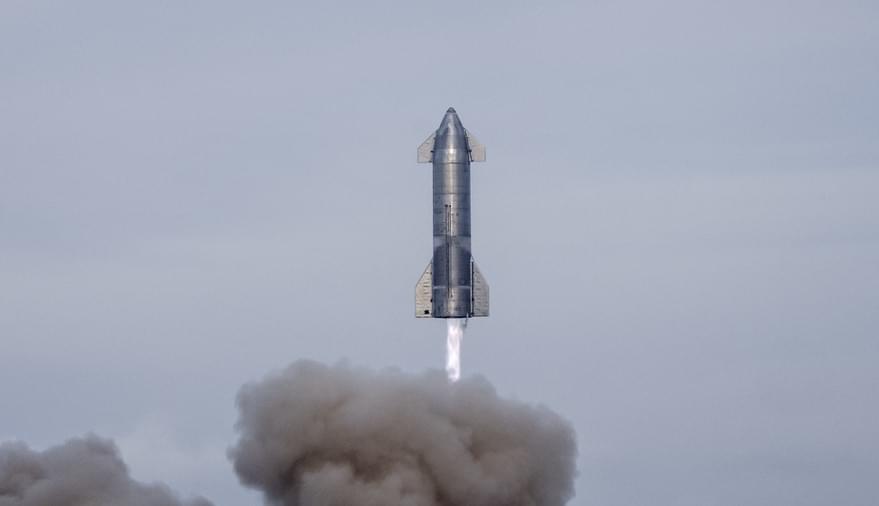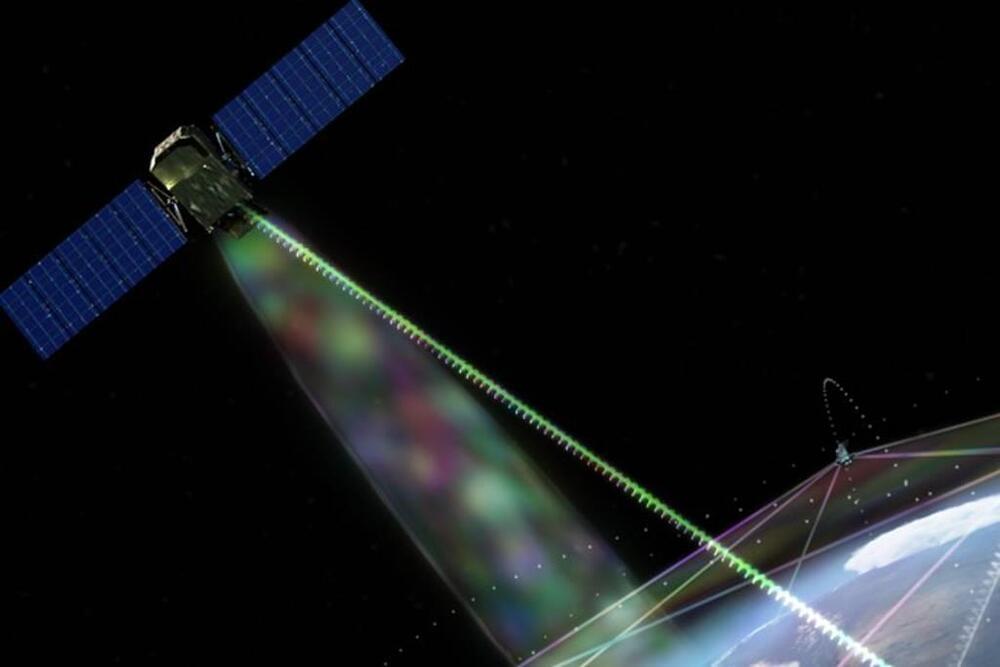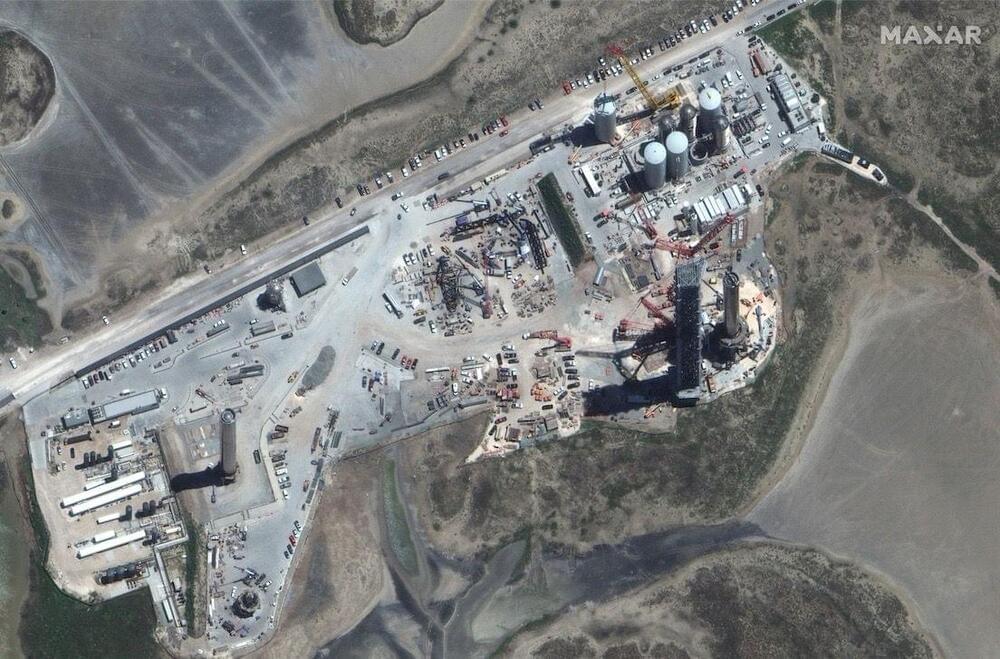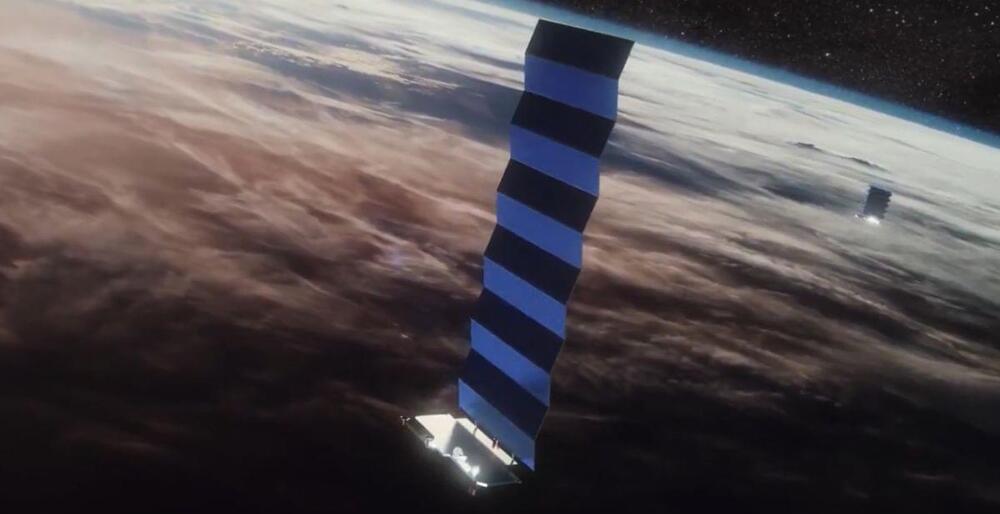SUNDAY 08/22/2021 Welcome to the LabPadre 24/7 Livestream! || Onsite weather provided by INITWeather.com || BOCA CHICA NEWS: NEW Heat tile replacement continues. B3 scrapping on hold. Catch arm fabrication proceeding. New Raptors arrive at shipyard GSE tank lifted into orbital tank farm. || ROAD CLOSURES: Intermittent Aug 23rd 9:30–11:30a CDT (1430−1630 UTC) and Aug 24th 5p-11p CDT (2200−0400 UTC), also Aug 25th, 26th. || LAUNCHES: Starsem, Soyuz 2.1b/Fregat, OneWeb #9 satellite constellation launched and deployed succesfully. Next: Blue Origin/New Shepard-NS 17 Wed Aug 25 2021 at 9:35a EDT, (13:35 UTC) from Launch Site One, West Texas, Texas, USA
Thank you for watching LabPadre’s live stream from Boca Chica and South Padre Island in Texas. Subscribe for more SpaceX live coverage.
Special thanks to Greg Scott and Gator’s Dockside in Port Canaveral, Florida.
https://twitter.com/GregScott_photo.
https://www.scottphotomedia.com.
Live Nerdle Cam Link: https://youtu.be/sTA0GTgFn5E
Live Lab Cam Link: https://youtu.be/edBUxf4Lv7Y
Live Sapphire Cam Link: https://youtu.be/FLTncjUbQtI
Live Predator Cam Link: https://youtu.be/Nqt-Bxakoko.
Live Sentinel Cam Link: https://youtu.be/_og17JYSMcQ
Live Starbase Rover Cam Link: https://youtu.be/w_pjKEIozdk.
Live Port Canaveral Cam Link: https://youtu.be/BELcufzEOZ0
Live Raptor Roost Cam Link: https://youtu.be/62_WX_YWooA
Live Plex Stream Link: https://youtu.be/sMC5KonXCfg.
Live SPI Pearl Beach Cam https://youtu.be/S09IablLc7Q
Onsite Weather — http://weather.labpadre.com.
Boca Chica Operations — http://www.cameroncounty.us/space-x/
FAA Notices To Airmen — https://tfr.faa.gov/tfr2/list.html.
This 24/7 stream is powered by LabPadre, in cooperation with Sapphire Condominiums and Isla Grand Beach Resort.
Video Graphics Overlay By: https://twitter.com/AeroJamesC
All copyrights to live images are owned explicitly by LabPadre.
Intelligent chat community!
Chat Rules:
No self promotion, No Bickering, No Vulgarity, No Politics, No Religion Talk, No Trash Talking, No Flat Earth Talk, NO Anti NASA/SpaceX Talk.
To help improve the LabPadre YouTube Channel you may donate to PayPal Family & Friends: paypal.me/labpadre.
Venmo: @LabPadre.
CashApp: $LabPadre.
GIS Map link: https://www.google.com/maps/d/viewer?mid=1wvgFIPuOmI8da9EIB8…55696&z=16





